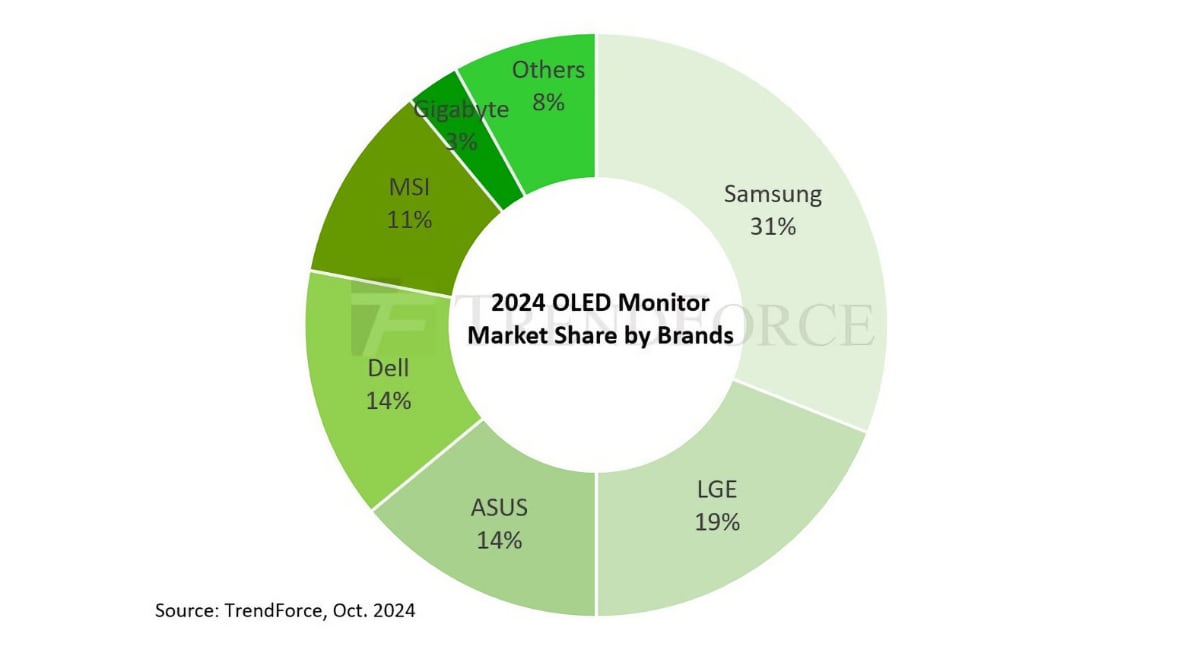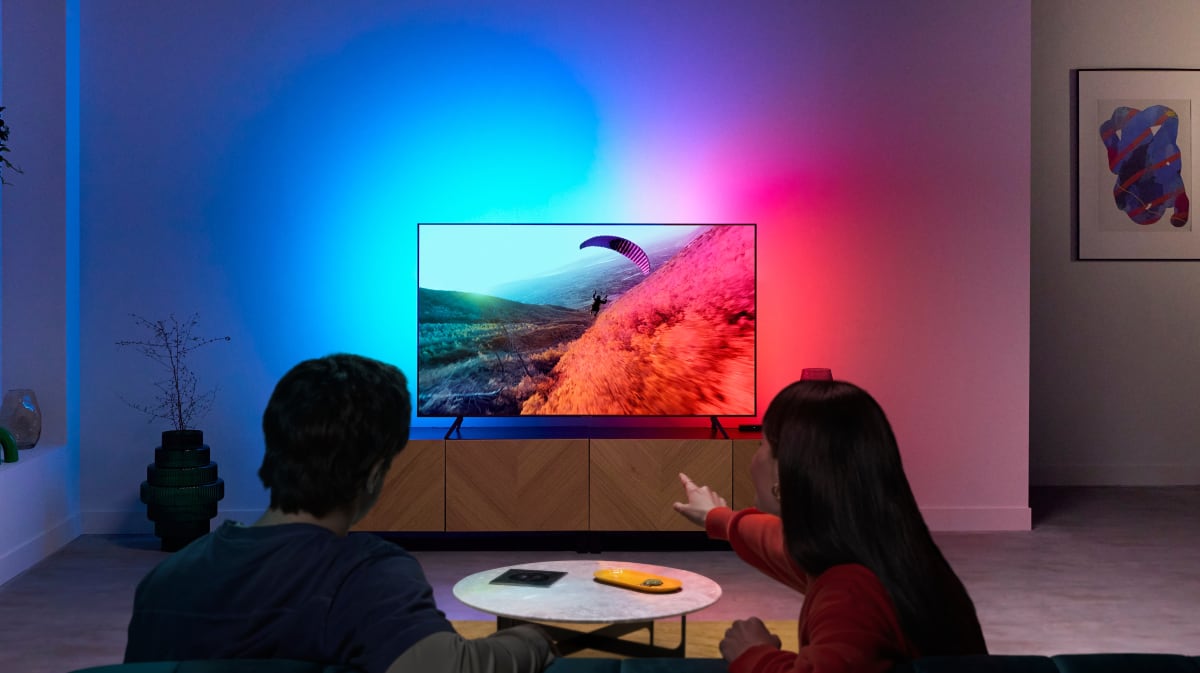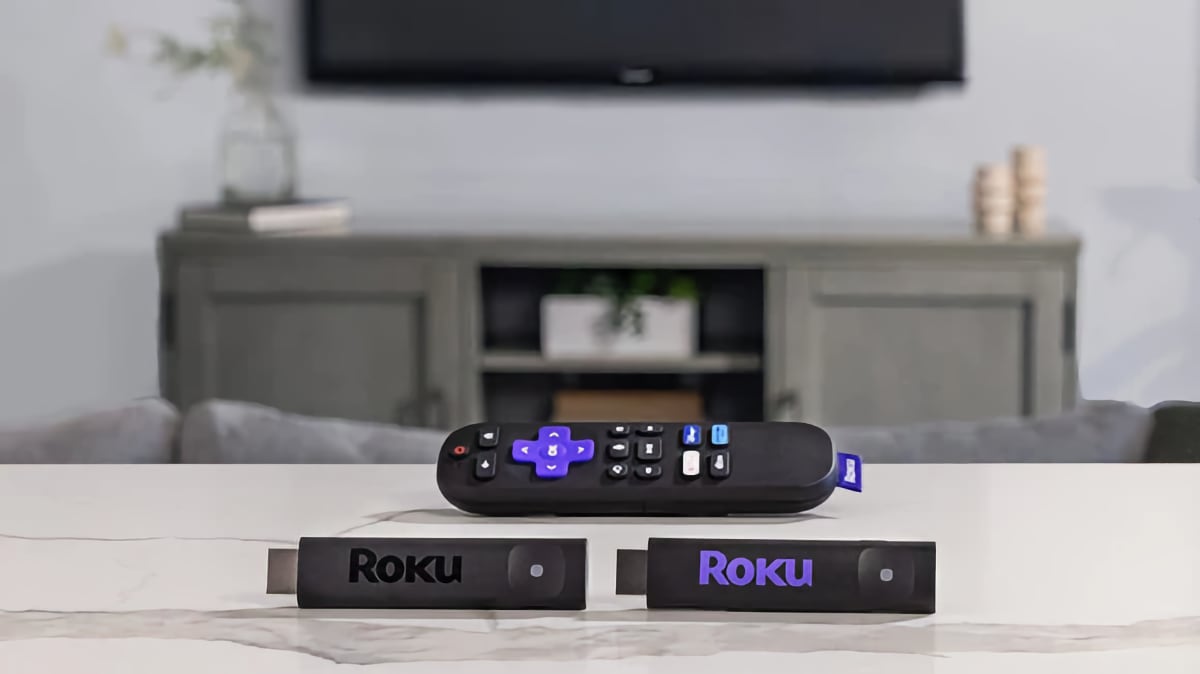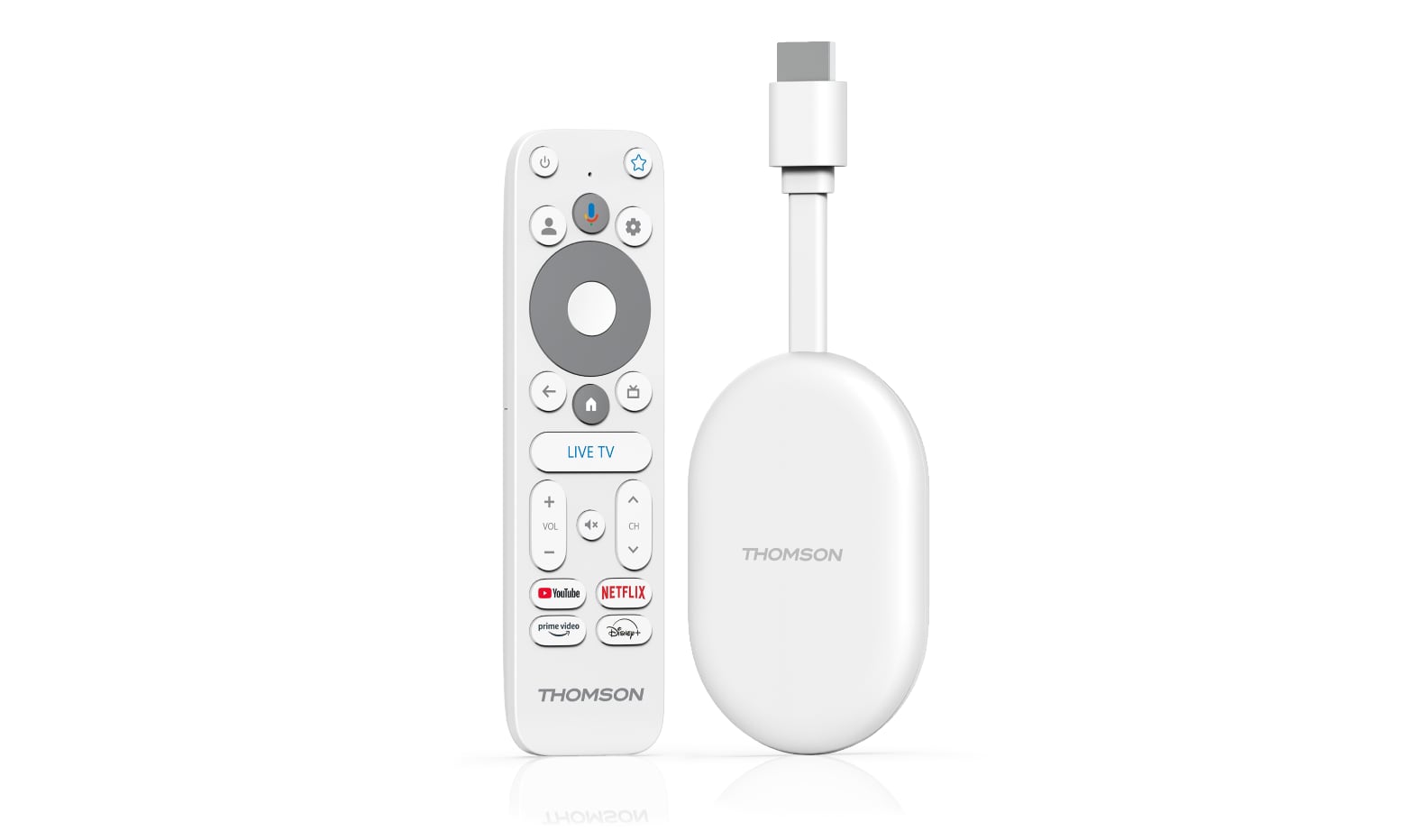Consumers are ready to replace monitors built on the aging LCD technology with new, shiny OLED monitors, evidenced by continued strong growth.
Last year, market research firm TrendForce estimated that sales of OLED monitors would quadruple in 2023 and double in 2024 to cross 1 million sales.
In a status update, the firm said that growth in 2024 will far surpass its previous estimate to reach around 1.44 million units; 181% growth over 2023.
- "OLED monitor shipments are projected to reach 1.44 million units in 2024 – representing YoY growth of 181% – with strong growth expected to continue in the coming years," said Anita Wang, analyst at TrendForce.
Samsung leads
Samsung is currently leading the OLED monitor market with its QD-OLED panel technology.
- "Samsung is expected to secure the top spot owing to strong sales of its 49-inch OLED monitors and a steady pipeline of new product releases," said Anita Wang.
Samsung is followed by LG Electronics, Asus, Dell, MSI and Gigabyte in that order. Smaller monitor brands such as Acer, AOC, Asrock, HP and Sony have also recently launched OLED monitors.

QD-OLED dominance
There are currently two mainstream OLED panel technologies – QD-OLED (Samsung Display) and WOLED (LG Display) – available for monitors.
JOLED, the company behind RGB OLED, went bankrupt earlier this year but this third panel technology may soon be resurrected under TCL's leadership.
QD-OLED has significantly expanded its market share in 2024 even as WOLED has moved to 480Hz.
- "QD-OLED monitors are set to dominate the market, driven by Samsung Display’s aggressive production ramp-up and multiple brands introducing QD-OLED models. QD-OLED’s share of total OLED monitor shipments is expected to rise from 53.5% in 2023 to 73% in 2024. In contrast, WOLED’s market share is forecast to decline to 26%, with RBG OLED accounting for just 1%," said Anita Wang.
Rumors suggest that we could see 500Hz, 4K at 27 inches and 45-inch ultrawide OLED panels next year.








